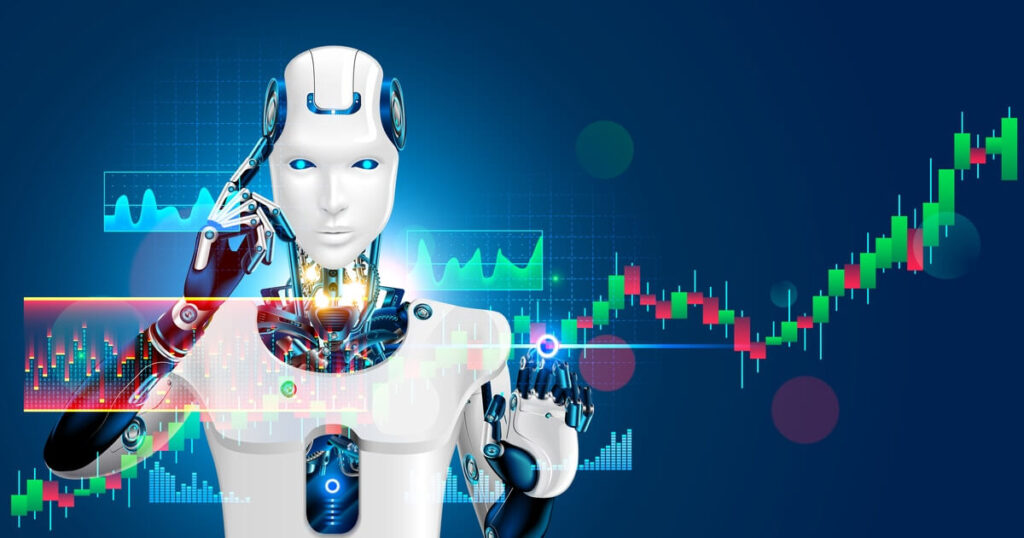The advent of AI-generated art continues to revolutionise the creative industry as tools like the Piclumen Art V1 lead the charge in 2025. The development highlights the rapid advances in AI Art Generation, which has grown exponentially over the past few years, supported by deep learning algorithms and generative adversarial networks (GANs). AI art tools are no longer just novelties. They have become essential for industries such as gaming, advertising and entertainment where high quality visuals are constantly in demand. Industry reports show that global AI in the creative industries market is projected to reach $3.2 billion by 2027, growing at a combined annual growth rate of 25.8% from 2022, as market research firms have pointed out. This growth will be driven by the accessibility of AI tools, allowing even non-artists to create professional-grade designs. Mythic Queen artwork exemplifies how AI blends mythical themes with surreal details, giving you a glimpse into the future of digital creativity. For businesses, this represents an opportunity to reduce the costs of graphic design while maintaining high quality output, but also raises questions about the role of human artists in AI-dominated landscapes.
From a business perspective, AI art tools such as the Piclumen Art V1 open up important market opportunities, especially for small and medium-sized businesses (SMEs) where the budget may be lacking for dedicated design teams. As of mid-2025, platforms like Piclumen democratize access to sophisticated creative tools, enabling companies in sectors such as e-commerce and social media marketing to create visually engaging content at scale. This can have a direct impact on your monetization strategy, as companies can create custom product visuals or targeted advertising campaigns without taking on high production costs. However, the challenges remain in terms of market saturation and differentiation. Many companies use similar AI tools, which makes them stand out. The potential solution lies in customization. Piclumen and similar platforms can provide bespoke model training that matches the aesthetics of a particular brand, creating a competitive edge. Furthermore, venture capital analysis shows that the rise of AI-generated content has attracted investors’ attention, with AI art startups increasing 40% year-on-year in 2024. For entrepreneurs, this represents a ripe opportunity to develop niche applications for AI ART, such as virtual reality (VR) experiences and personalized NFT collections.
Technically, tools such as the Piclumen Art V1 rely on sophisticated neural networks trained on vast datasets of artwork, as highlighted in the June 2025 showcase. Implementation challenges include ensuring the ethical use of training data as many AI ART models face criticism that they may use copyrighted material without permission. A practical solution is to adopt a transparent data procurement policy already advocated by some industry leaders in 2025. Additionally, businesses must navigate regulatory considerations as governments around the world are beginning to draft policies regarding ownership of AI-generated content. Looking at the future, the meaning of AI art is profound. By 2030, it is predicted that over 50% of the digital visuals of advertising will be generated by AI, and will completely reshape your creative workflow. The competitive landscape includes major players such as Midjourney and Dall-E, but as seen in the Queen of Mythology, Piclumen focuses on the depth of the theme, placing it as a prominent candidate. Ethical best practices are extremely important and ensure that they complement AI rather than replace human creativity while addressing bias in generated content. As this technology evolves, companies that balance innovation and responsibility can lead the market.



